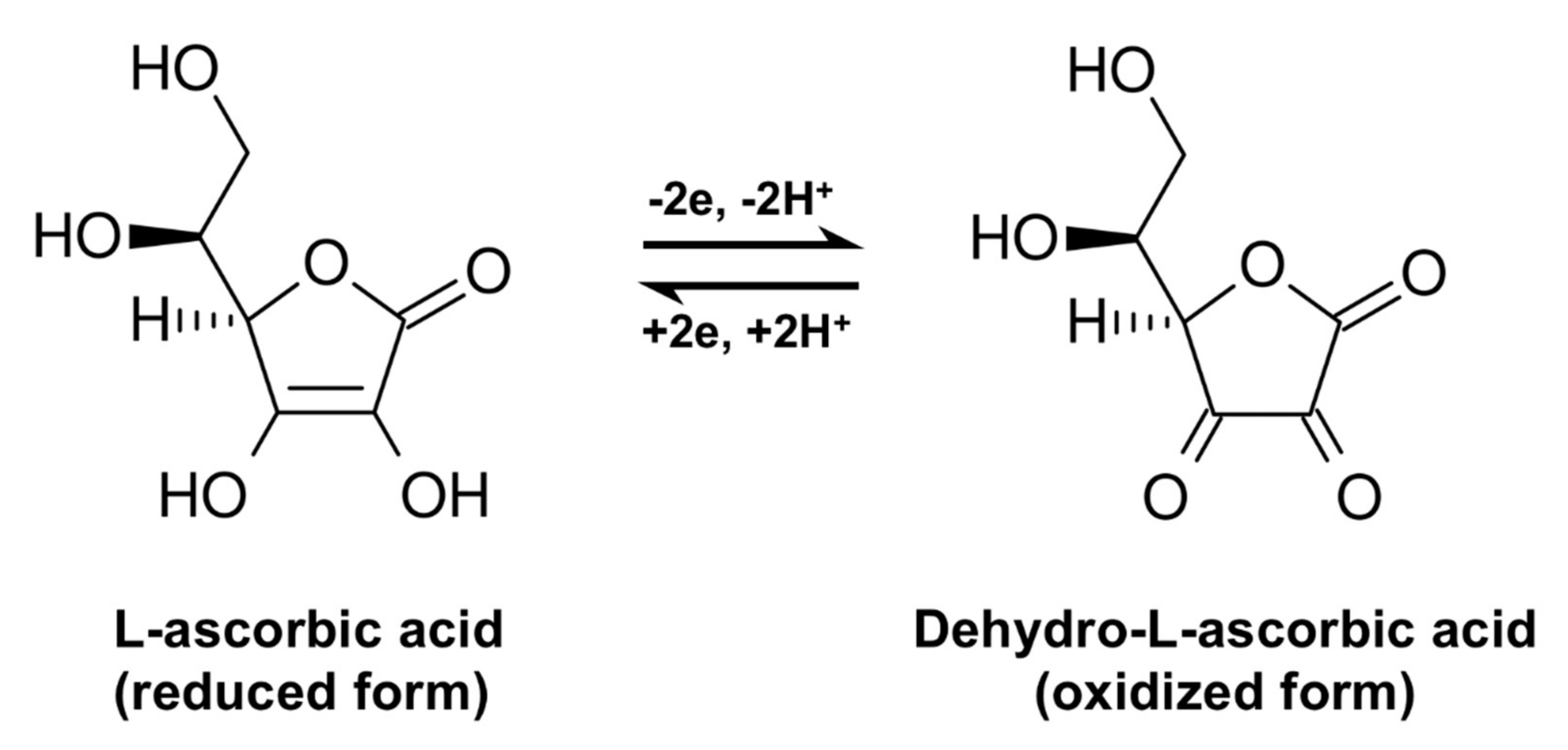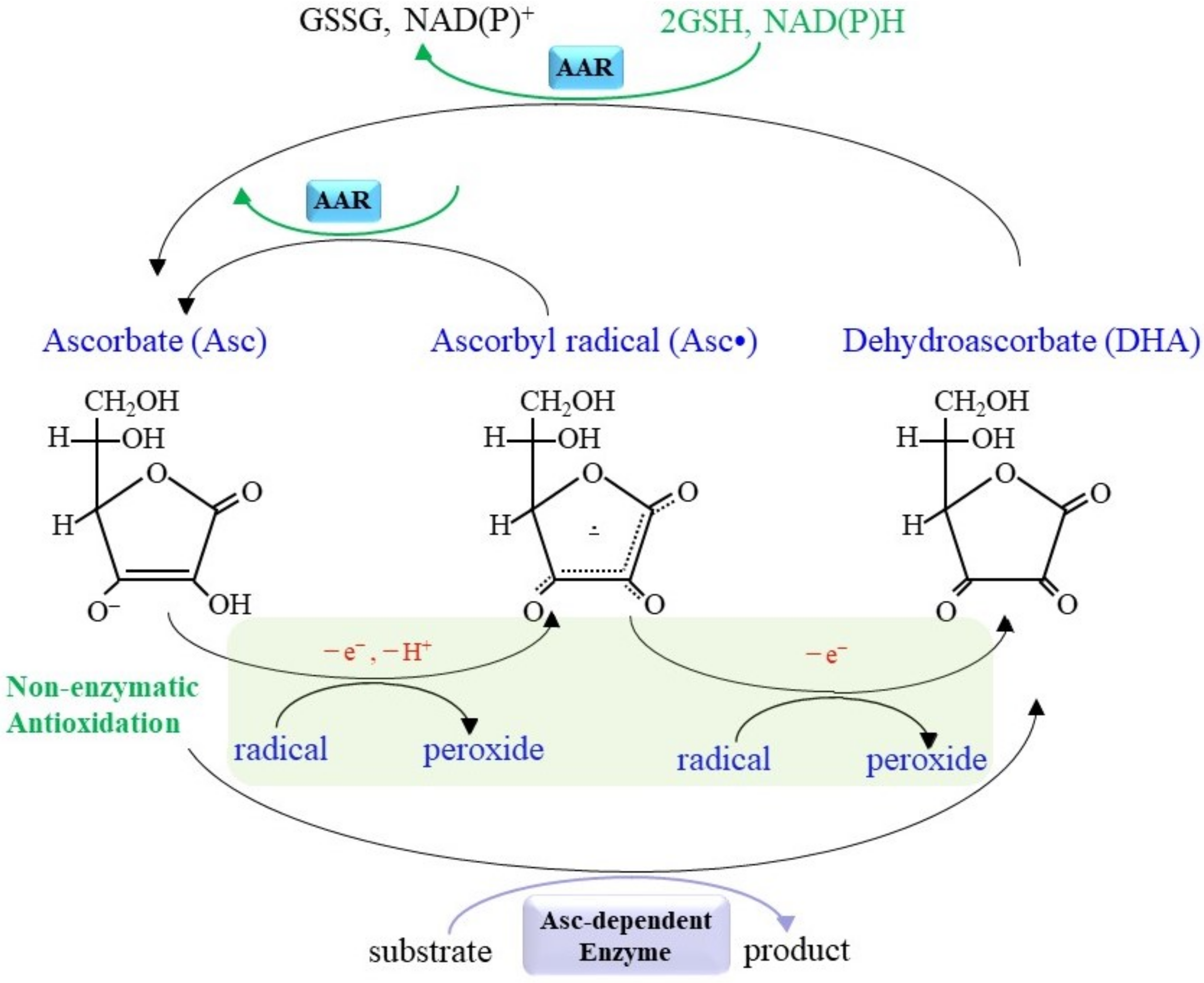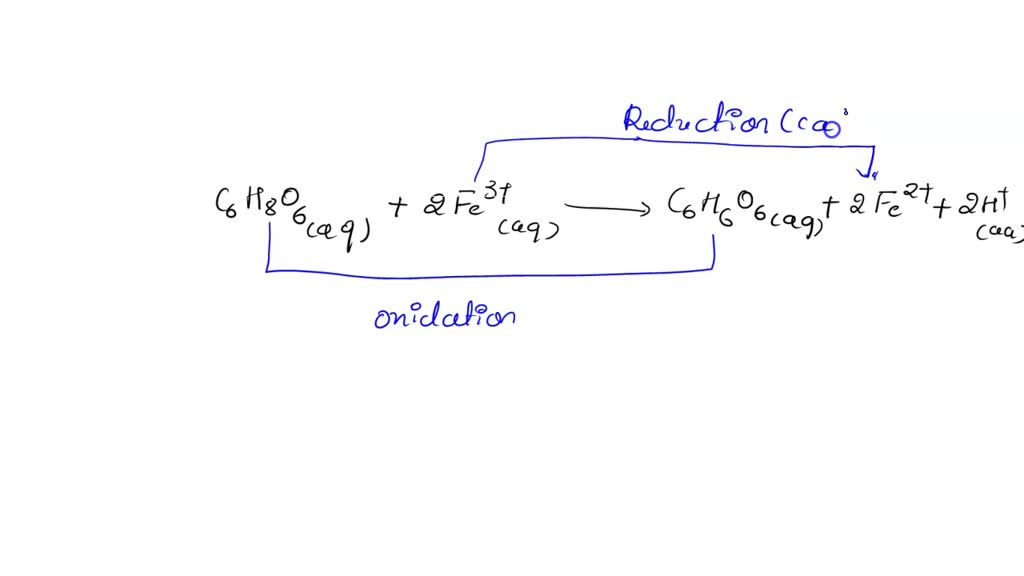
SOLVED: 'Ascorbic acid (C6HgO6, also commonly known as vita- min C, can be used to reduce a wide variety of transition metal ions. Given that Ecell 0.71 V for the reaction CHsOs(aq) +
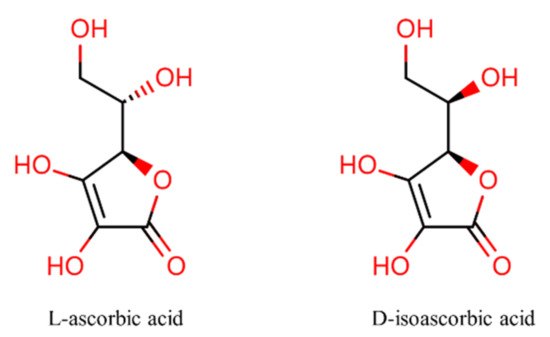
Antioxidants | Free Full-Text | Chemical Stability of Ascorbic Acid Integrated into Commercial Products: A Review on Bioactivity and Delivery Technology

Ionization of ascorbic acid (AA) followed by the oxidation– reduction... | Download Scientific Diagram

The Role of Vitamin C in the Protection and Modulation of Genotoxic Damage Induced by Metals Associated with Oxidative Stress | IntechOpen

An Overview of the Characteristics and Function of Vitamin C in Various Tissues: Relying on its Antioxidant Function | Zahedan Journal of Research in Medical Sciences | Full Text

Redox chemistry of vitamin C. As depicted, ascorbate can undergo two... | Download Scientific Diagram

PDF) Metal ions mediated pro-oxidative reactions with vitamin C: Possible implications for treatment of different malignancies

Ascorbic acid as an alternative coreactant for luminol reaction and sensitive chemiluminescence determination of ascorbic acid in soft drinks - ScienceDirect

IJMS | Free Full-Text | Redox Interactions of Vitamin C and Iron: Inhibition of the Pro-Oxidant Activity by Deferiprone

Ultrafast and sensitive colorimetric detection of ascorbic acid with Pd-Pt core-shell nanostructure as peroxidase mimic - ScienceDirect

Enhanced Therapeutic Applications of Vitamin C via Nanotechnology-Based Pro-Oxidant Properties: A Review | ACS Applied Nano Materials
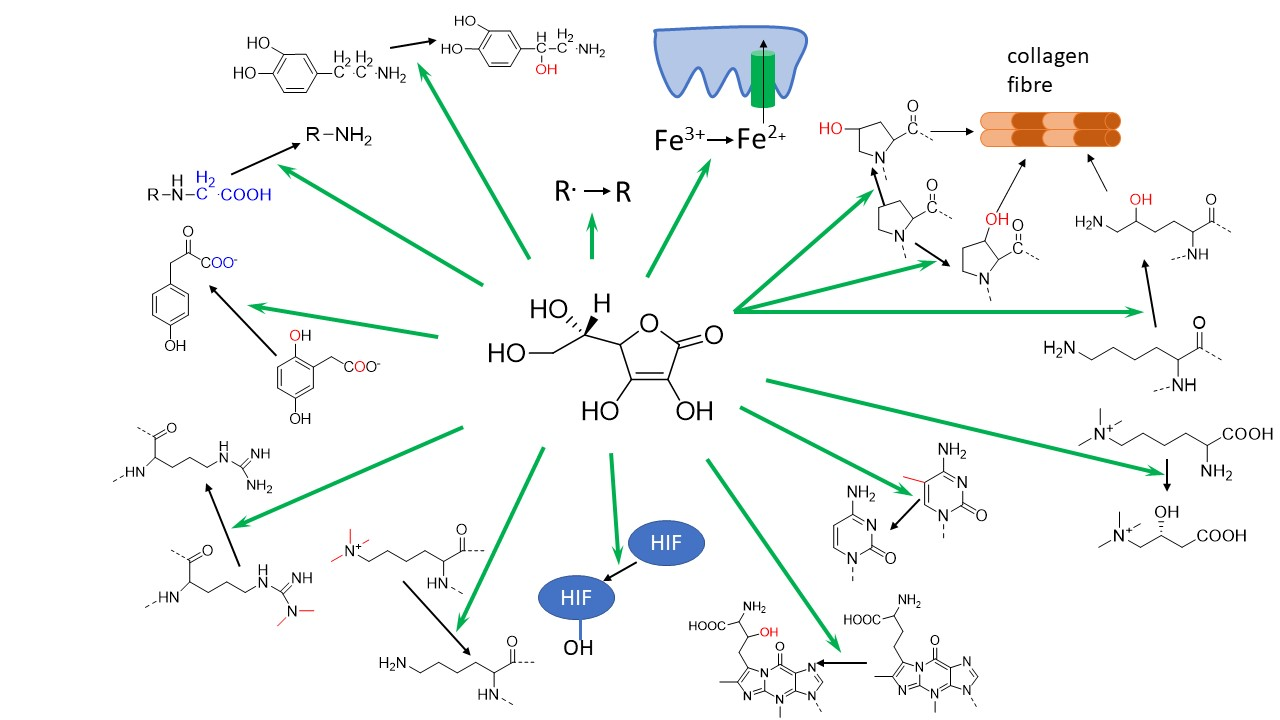
Nutrients | Free Full-Text | Vitamin C—Sources, Physiological Role, Kinetics, Deficiency, Use, Toxicity, and Determination

Vitamin C-Conjugated Nanoparticle Protects Cells from Oxidative Stress at Low Doses but Induces Oxidative Stress and Cell Death at High Doses | ACS Applied Materials & Interfaces
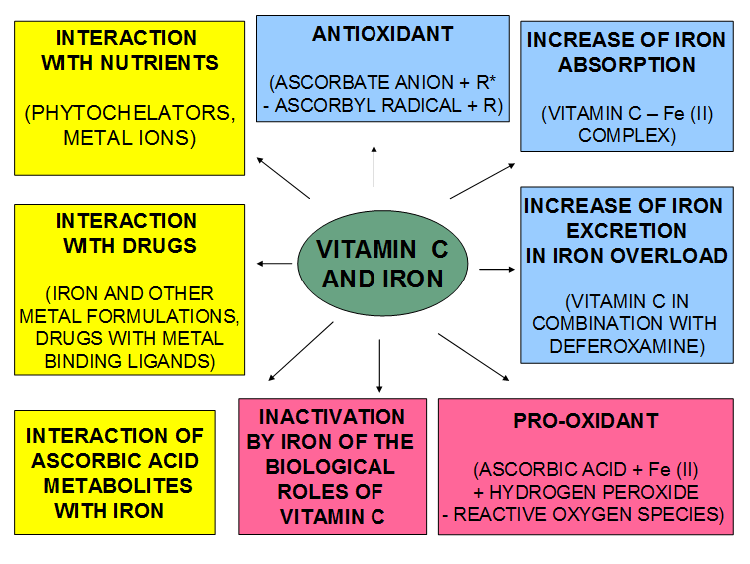
Medicines | Free Full-Text | Trying to Solve the Puzzle of the Interaction of Ascorbic Acid and Iron: Redox, Chelation and Therapeutic Implications

IJMS | Free Full-Text | Redox Interactions of Vitamin C and Iron: Inhibition of the Pro-Oxidant Activity by Deferiprone


